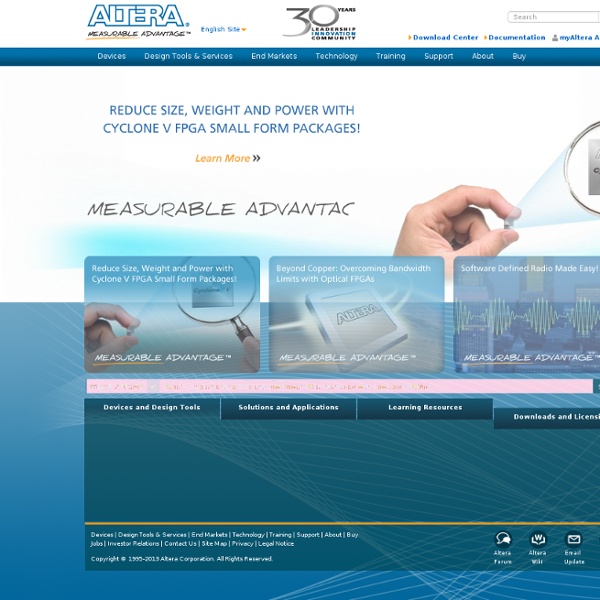



Top Secret America - 'Top Secret America' draws notice for use of Web tools The Post's "Top Secret America" series has spurred a great deal of debate in national security circles -- but it has also been a topic of discussion among designers and new media observers intrigued by the series' use of databases and interactive elements to help tell the story. Many have praised the series: • The New America Foundation's Sustaining Democracy in a Digital Age blog: "It's no secret that we live in a time when the news most likely to be consumed is that which is served bite-sized to readers, ideally in 140 characters or, if necessary, 140 words...With this in mind, the form and delivery of this week's Washington Post investigation, "Top Secret America," has piqued my interest even more than the content of the story itself (although perhaps my colleagues at New America's Counterterrorism Strategy Initiative will feel differently). • Silicon Cowboy: "The Washington Post today revealed a smart new online interactive investigative report called Top Secret America.
Allergan Silicon Valley Watcher - at the intersection of technology and media Column5 EPM Consulting Siliconcowboy's Blog American Education Services Dan Holden's Blog KBS Companies Innovation or Obsession? A Retrospective on Electronic Design As the traditional playing of the bagpipes draws the 47th annual Design Automation Conference to a close, it’s tempting to write a retrospective of the show. But this year, I feel it’s far more appropriate to write a retrospective on the industry itself. I’ve spent the last 25 years in the electronics industry, moving from a technical writer at Intel Scientific and Tektronix in Oregon, to a business and technology reporter in Silicon Valley, and then from a PR agency writer to a corporate-side flak at Altera, TSMC and Cadence. Now, appropriately, I’ve moved on to blogging and social media optimization. In that time, I’ve seen a lot of transitions unfold. Real floppy discs were replaced by diskettes, and then by CDs and flash drives. And the changes enabled by semiconductor technology have cast an even wider net. Medicine, for example, has gone from a near-art to applied science, largely due to advances in electronics. Can we continue this course? And this, really, is where the buck stops.